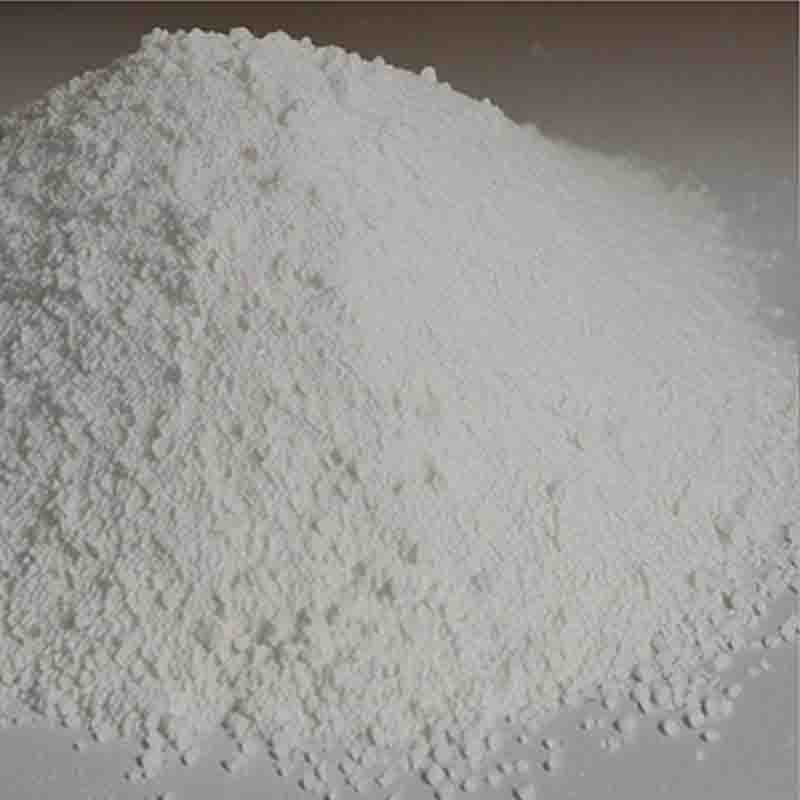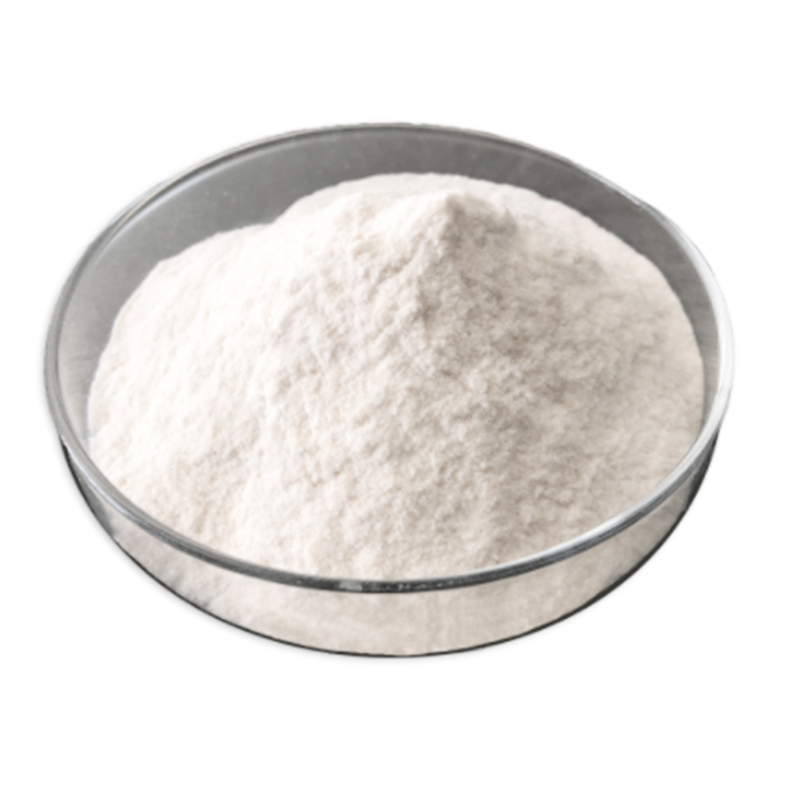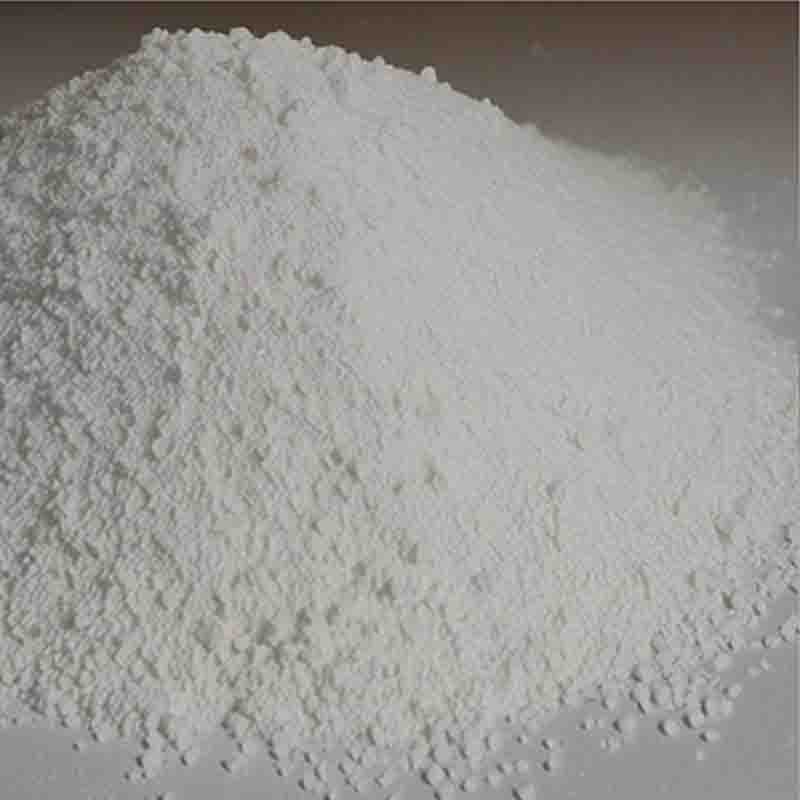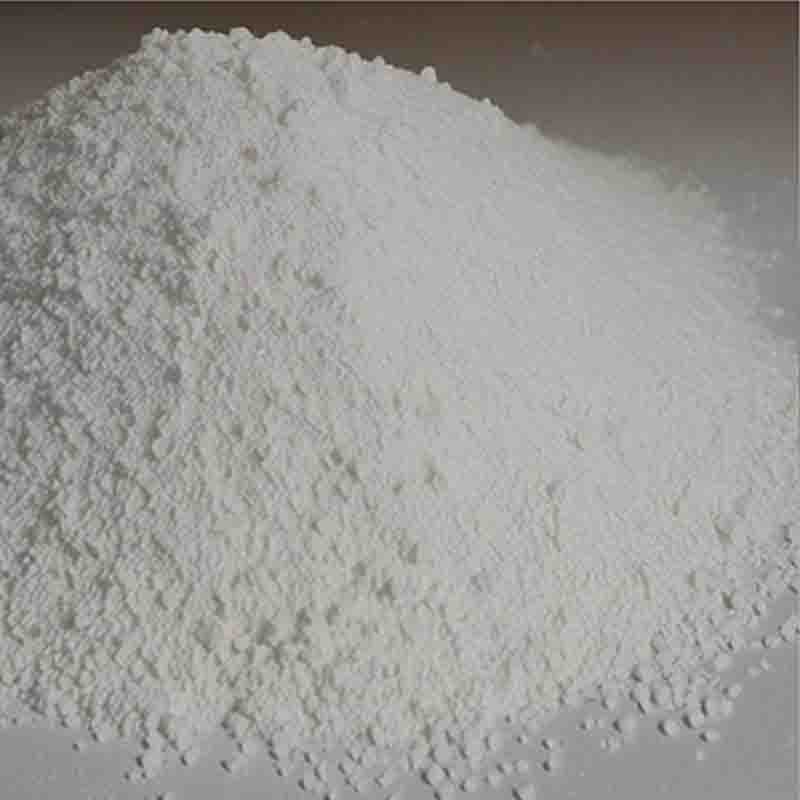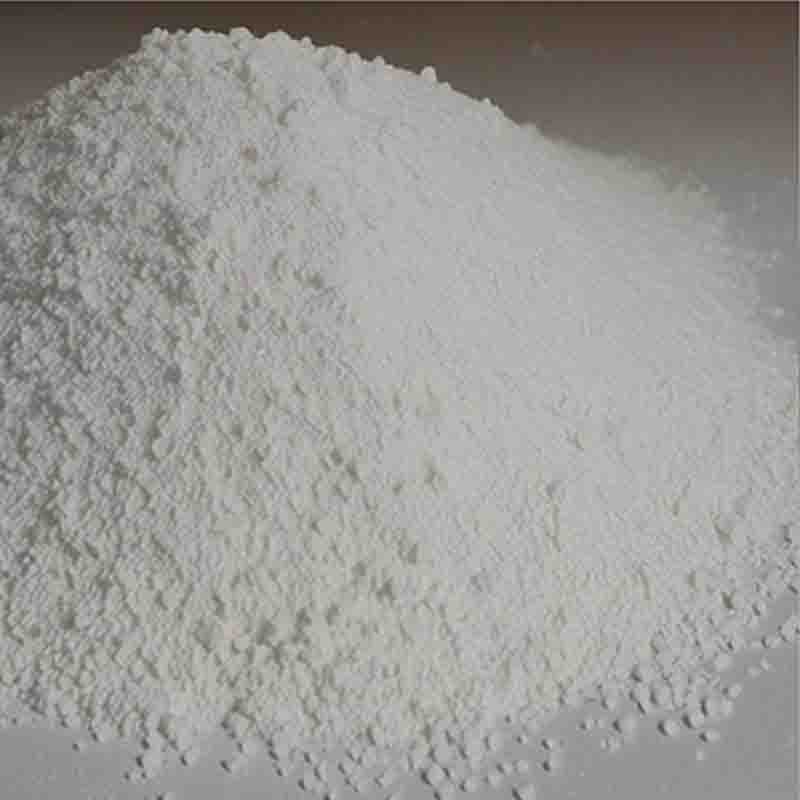N-ALPHA-tert-Butoxycarbonyl-L-prolinol CAS:69610-40-8
| Catalog Number | XD95755 |
| Product Name | N-ALPHA-tert-Butoxycarbonyl-L-prolinol |
| CAS | 69610-40-8 |
| Molecular Formula | C10H19NO3 |
| Molecular Weight | 201.26 |
| Storage Details | Ambient |
Product Specification
| Appearance | White powder |
| Assay | 99% min |
N-ALPHA-tert-Butoxycarbonyl-L-prolinol, commonly known as Boc-L-prolinol, is a chemical compound with a diverse range of effects and applications in pharmaceuticals, organic synthesis, and medicinal chemistry. Here are some potential effects and uses of Boc-L-prolinol:Asymmetric Synthesis: Boc-L-prolinol is frequently employed as a chiral auxiliary or catalyst in asymmetric synthesis. Its unique structure and chiral properties enable the synthesis of enantiomerically pure compounds, which is crucial in drug development and the production of other fine chemicals. Boc-L-prolinol's presence can significantly enhance the selectivity and efficiency of various reactions, such as aldol and Mannich reactions.Organocatalysis: Boc-L-prolinol serves as a powerful organocatalyst, particularly in asymmetric aldol reactions. It can promote these reactions through hydrogen bonding and activation of carbonyl compounds, enabling the formation of high-value carbon-carbon bonds with excellent stereoselectivity. Organocatalytic reactions catalyzed by Boc-L-prolinol have applications in the synthesis of pharmaceuticals and natural product analogs.Medicinal Chemistry: Boc-L-prolinol and its derivatives have shown considerable pharmacological potential. They have been investigated as antiviral, anticancer, and anti-inflammatory agents. Boc-L-prolinol's ability to modulate enzymes, receptors, and biological targets has led to the development of new therapeutic leads and drug candidates. Its chiral nature further contributes to the discovery of enantioselective drugs.Protecting Group: The Boc protecting group, attached to the nitrogen atom of Boc-L-prolinol, plays a vital role in organic synthesis. It masks the amine functionality, preventing unwanted reactions during reactions involving other functional groups. The Boc group is easily removable under mild conditions, allowing for subsequent functional group transformations. This property makes Boc-L-prolinol an essential reagent in the synthesis of complex organic molecules.Peptide Chemistry: Boc-L-prolinol is widely used in peptide chemistry, particularly in the synthesis of peptides containing proline residues. Proline-containing peptides play a significant role in drug discovery and peptide-based therapeutics due to their ability to adopt unique conformations and mimic natural bioactive peptides. Boc-L-prolinol facilitates the stepwise assembly of proline-containing peptides, allowing for the efficient synthesis of these important molecules.These effects and applications of Boc-L-prolinol highlight its versatility and importance in various fields of chemistry, particularly in drug development and organic synthesis. It is worth noting that its usage and effects depend on specific research goals and contexts. Additionally, it is crucial to follow safety protocols and handle Boc-L-prolinol with care as mishandling can pose risks.


